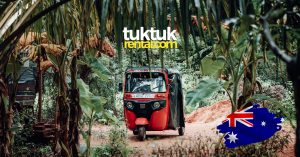Sri Lanka is the land of sun-kissed beaches, emerald tea hills, and ancient temples. It is no stranger to tourism. Most travellers visit iconic sites like Sigiriya, Ella, and Galle. However, the island hides a treasure trove of lesser-known destinations. These places brim with raw beauty and soul-stirring serenity.
There is something magical about exploring places outside of travel guides. It allows you to experience Sri Lanka’s raw, authentic essence. Here, ancient trees whisper stories and buffalo carts share the roads. The welcome is often warmer than the weather.
If you prefer backroads over boulevards and stories over selfies, this guide is for you. We will explore forgotten villages, sacred caves, and surreal coastlines. Here are the most unusual places in Sri Lanka for a unique getaway.
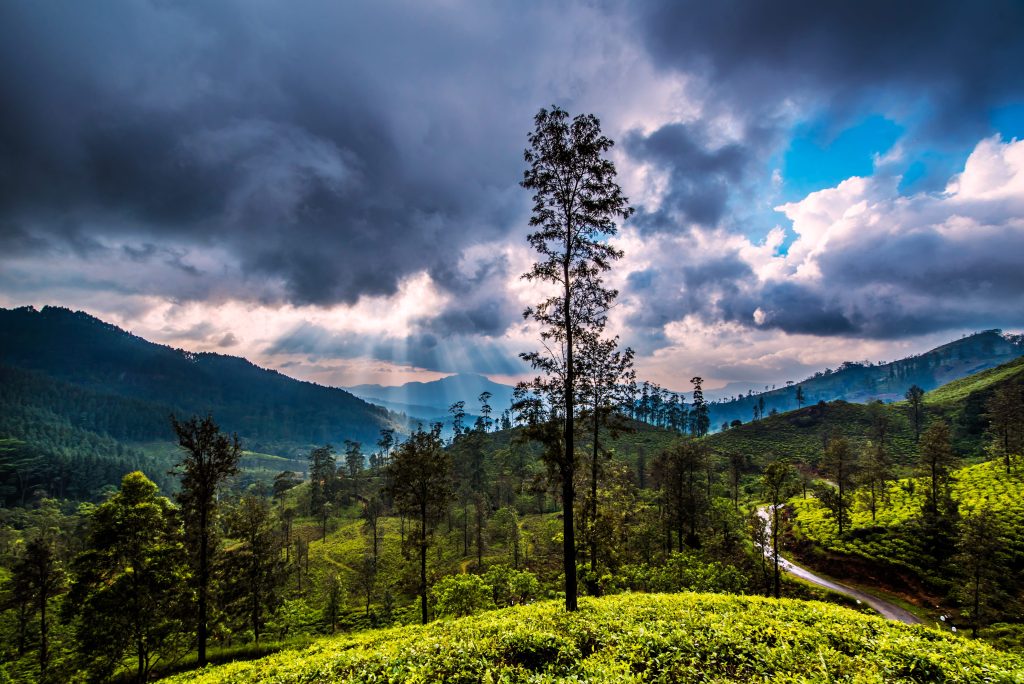
The Misty Central Highlands
Riverston – The Mini World’s End You Haven’t Heard Of
Riverston is tucked away in the Matale district. This mist-wrapped escape lies hidden within the majestic Knuckles Mountain Range. It remains blissfully under the radar, offering lush trails and dramatic views.
The drive itself is an adventure. You will wind past tea plantations, waterfalls, and terraced fields. The real magic begins on the Riverston Mini World’s End trail. This viewpoint sits on a sheer cliff. You can watch clouds swirl beneath your feet as the Knuckles peaks roll into the distance.
Riverston is where wild nature meets silence. The climate shifts quickly here. Sunshine gives way to sudden mist and rain, feeding the dense cloud forests. The mist rolls in like a dream, and winds howl through pine forests. You’re more likely to meet a curious cow than another tourist. Hikes like Pitawala Pathana offer scenic walks, while waterfalls like Sera Ella invite you for a dip.
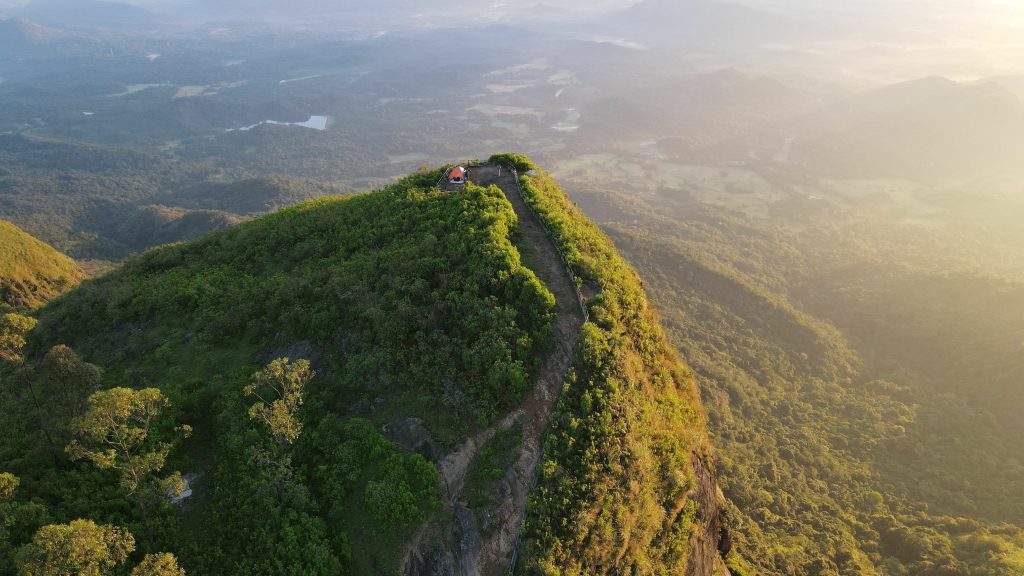
Madulsima – Misty Mountains and Sky-High Tea
If you are chasing misty mountains and dramatic viewpoints, Madulsima is calling. This hidden gem sits at the far eastern edge of the hill country. Here, rolling tea estates meet jaw-dropping cliffs.
The crown jewel is the Madulsima Mini World’s End. This sheer precipice is over 1,000 meters high. It offers a stunning panoramic view of the valley below. On a clear morning, you can see the sunrise above the clouds. It is a moment of pure mountain magic. The surrounding landscape is a mix of tea plantations and pine forests. It is ideal for hiking, photography, and soaking up the stillness.
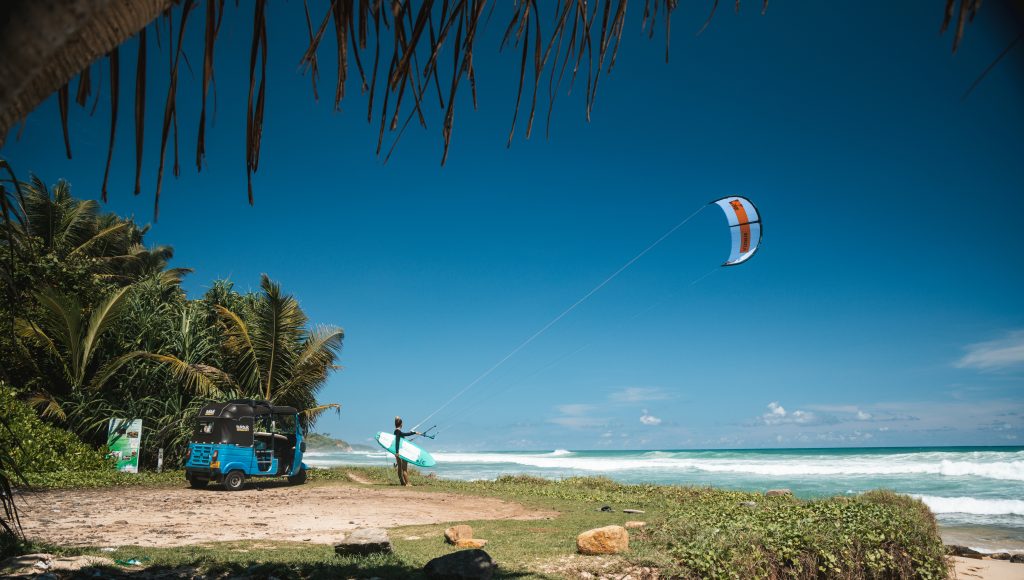
Mahiyanganaya – Ancient Legends and Spiritual Energy
Mahiyanganaya is one of Sri Lanka’s oldest inhabited regions. Buddhist legends, indigenous traditions, and natural beauty intertwine here. It is off most tourist maps but rewards visitors with a quiet sense of wonder.
At the heart of the town stands the Mahiyangana Raja Maha Viharaya. People say this is the site of the Buddha’s first visit to Sri Lanka over 2,500 years ago. Today, the brilliant white stupa is an important pilgrimage site.
Tip: Combine Mahiyanganaya with Gal Oya National Park for a deeper dive into the region.
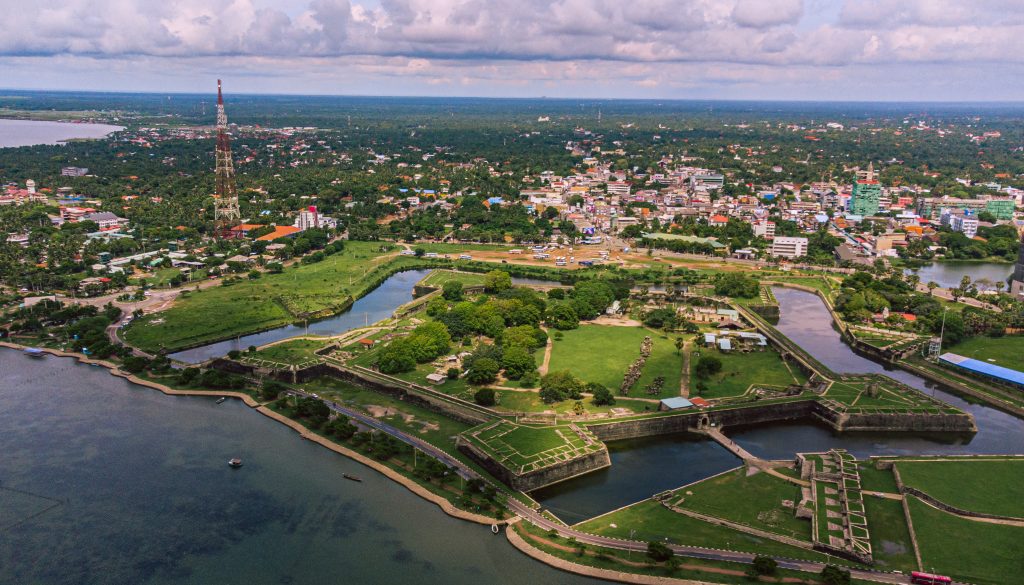
The Soulful North and Wild East
Jaffna – A Taste of Sri Lanka’s Northern Soul
At the northern tip of Sri Lanka lies Jaffna. It is a soulful city unlike anywhere else on the island. After decades of isolation, Jaffna is slowly reemerging. Those who make the journey north find vibrant Tamil culture and colonial charm.
Here, Hindu kovils rise in kaleidoscopic colors. Bicycles rattle down sleepy streets. Markets overflow with mangoes and fiery Jaffna curries. The Nallur Kandaswamy Kovil is one of Sri Lanka’s most important Hindu temples. It is an incredible experience, especially during the annual festival.
Beyond the city, Jaffna is a gateway to remote islands. Delft Island is famous for its wild ponies and coral walls. Kayts, Nainativu, and Karainagar each offer their own quiet escapes. The Jaffna Fort is a reminder of the region’s past. Climb its ramparts at sunset for golden views over the lagoon.
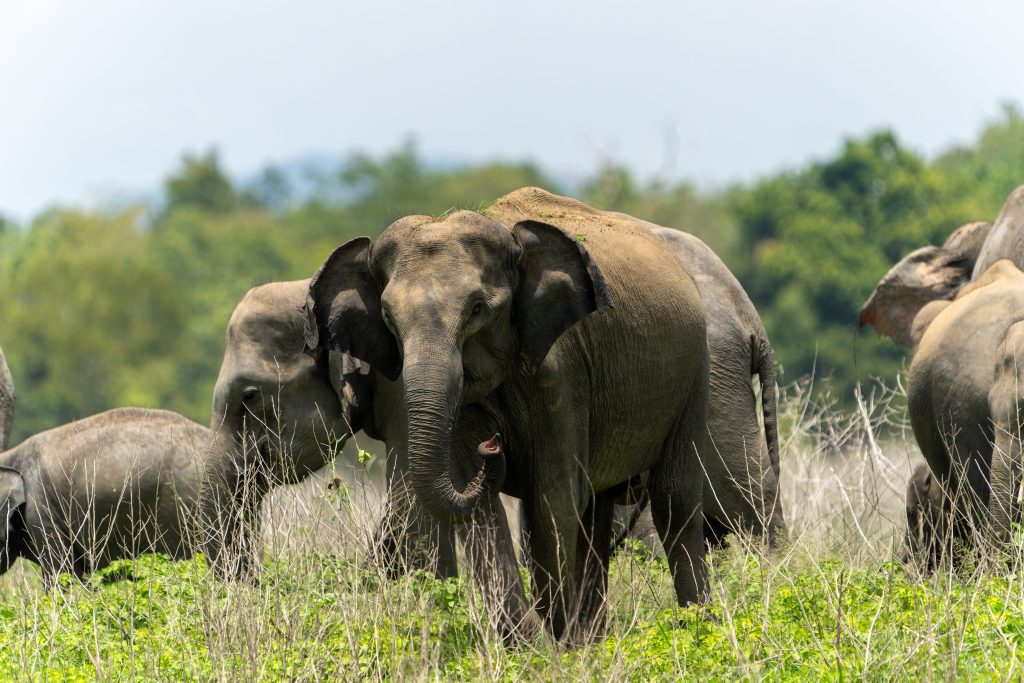
Gal Oya National Park – A Safari Without the Safari Crowd
Gal Oya National Park is where wild nature and ancient culture exist in harmony. Yala and Udawalawe might steal the spotlight, but Gal Oya offers a raw wilderness experience.
The park is centered around Senanayake Samudraya, Sri Lanka’s largest reservoir. It is the only place in the country where you can take a boat safari to see elephants swimming between islands. With few tourists, the park feels untamed and deeply personal.
Gal Oya is also home to the indigenous Vedda people. You can meet with Vedda elders in Rathugala village. Learn about their beliefs, tracking methods, and forest medicine. A walk through the jungle with them offers a different perspective on the land.
Tip: Gal Oya Lodge offers Vedda-led forest walks. Access the park from Ampara or Monaragala.
Kukulugala Rainforest – A Hidden Eden Near Kalawana
Kudumbigala Monastery rises out of the wilderness between Panama and Kumana National Park. It is one of Sri Lanka’s most mysterious and ancient Buddhist sites. This remote hermitage is the epitome of wild serenity.
Builders created Kudumbigala in the 3rd century BCE as a retreat for monks seeking solitude. Today, you can see more than 200 caves and inscriptions etched with Brahmi script. Some monks continue to live and meditate in the forest here. Climbing to the summit stupa is the highlight. At the top, a 360-degree view of the surrounding jungle and ocean awaits you. It is a sacred, quiet, and often deserted space.
Kokkilai Lagoon – Birdwatching Bliss in the East
Along the remote northeast coast lies Kokkilai Lagoon. This vast, mirror-like waterbody hosts migratory birds and local fishermen. Far from the crowds, Kokkilai is a place where nature takes the lead.
This brackish coastal lagoon is a biodiversity hotspot. From November to April, thousands of migratory birds arrive. You might spot flamingos, pelicans, and even the rare black-necked stork. It is a dream for birdwatchers. Kokkilai is also a snapshot of coastal life. Fishing communities live simply, casting nets at dawn. The pace is unhurried, and the smiles are genuine.
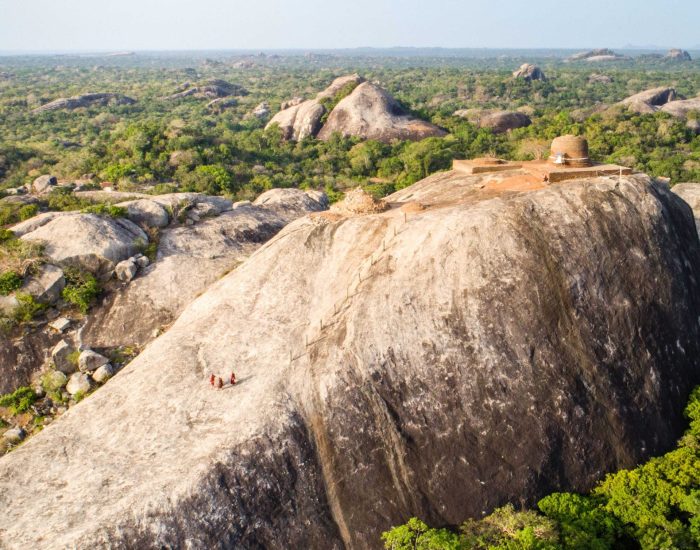
Coastal Escapes and Rainforest Retreats
Kalpitiya – Dolphins, Kitesurfing and Secluded Beaches
While southern beaches are Instagram hotspots, Kalpitiya remains refreshingly under the radar. This laid-back peninsula on the northwest coast is a haven for kitesurfers and wildlife enthusiasts.
One main draw is dolphin and whale watching. From November to April, boats head out to spot pods of spinner dolphins. You might even glimpse sperm whales or blue whales. Kalpitiya is also Sri Lanka’s kitesurfing capital. Strong winds from May to October turn the lagoon into a playground for surfers. But beyond the thrill, Kalpitiya invites you to slow down. Think sunsets over mangroves and seafood barbecues on the beach.
Tip: The infrastructure is basic in parts. Expect eco-lodges and limited WiFi. That is part of its charm.
Kukulugala Rainforest – A Hidden Eden Near Kalawana
If you want to channel your inner Indiana Jones, head to Kukulugala Rainforest. Tucked near the fringes of Sinharaja, it is a magical and little-known cloud forest. It brims with biodiversity, waterfalls, and quiet trails.
Kukulugala offers an unfiltered immersion into wild nature. You can hike through ancient trees dripping with moss. Listen to the calls of rare birds. The trail to Kukulugala Peak is a moderate trek that winds through tea estates and thick jungle. From the top, you get sweeping views of the Rakwana Valley.
Tip: The trail starts from the Kalawana side of Sinharaja. Go with a local guide who knows the best paths.
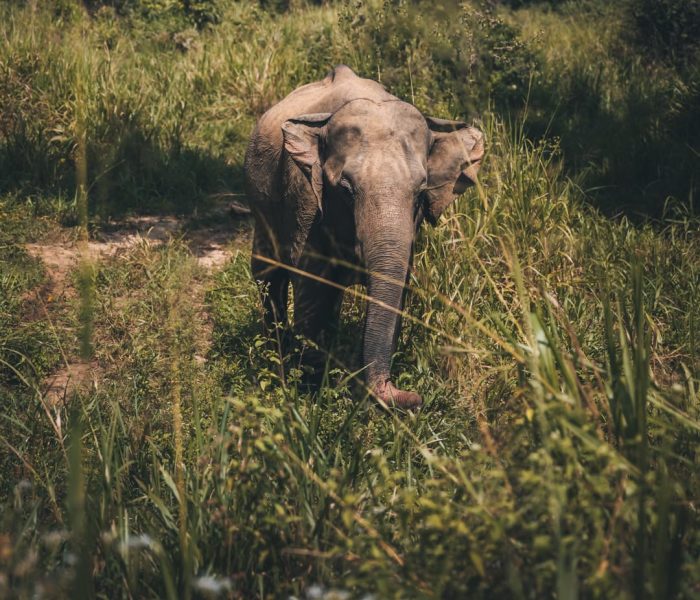
Sustainable Sanctuaries in the Cultural Triangle
Galkadawala – Eco Living in the Heart of the Dry Zone
Galkadawala lies hidden down a quiet road near Habarana. This serene eco-retreat is a place to disconnect and sink into nature. It is a secret sanctuary close to Sigiriya but far from the crowds.
Its ethos makes this place special. Environmentalist Nanda Senanayake created Galkadawala Forest Lodge. It is a model of sustainable architecture and reforestation. The lodge uses reclaimed wood and recycled materials. It is beautifully integrated into the surrounding forest. Spend your days walking, swimming in the natural lake, or watching monkeys from your verandah. Halfway between Dambulla and Habarana, it is a way of life.
Tip: Book your stay directly at Galkadawala Forest Lodge. Plan to stay at least two nights. Bring books, binoculars, and an open heart.
Tips for Exploring Offbeat Sri Lanka
Travel slow: Public transport can be sparse. Renting your own tuk-tuk allows for flexibility.
Respect local communities: Many of these places see few tourists, so practice responsible tourism.
Pack for unpredictability: Weather and road conditions can be inconsistent. That is part of the adventure!
Learn a few local phrases: A little Sinhala or Tamil goes a long way.
Stay in homestays or eco-lodges: You will get better insights and connections to local life.
Frequently Asked Questions
The Temple of the Sacred Tooth Relic in Kandy is the most visited religious site in Sri Lanka. This sacred Buddhist temple houses what is believed to be a tooth relic of the Buddha, making it one of the holiest places in the country. Thousands of pilgrims and tourists visit daily, especially during the Esala Perahera, a grand cultural and religious festival with traditional dancers, drummers, and elephants. Located beside Kandy Lake and surrounded by misty hills, the temple offers not only spiritual significance but also architectural beauty and a profound glimpse into Sri Lanka’s religious devotion.
You might also consider downloading the Tuktukrental Travel App. It features offline maps, offbeat recommendations and even helps fellow tuktuk-ers on the road connect for information or a few post-drive beers – or the local Sri Lankan arrack if you are feeling adventurous!
DOWNLOAD THE TUKTUKRENTAL TRAVEL APP TODAY


